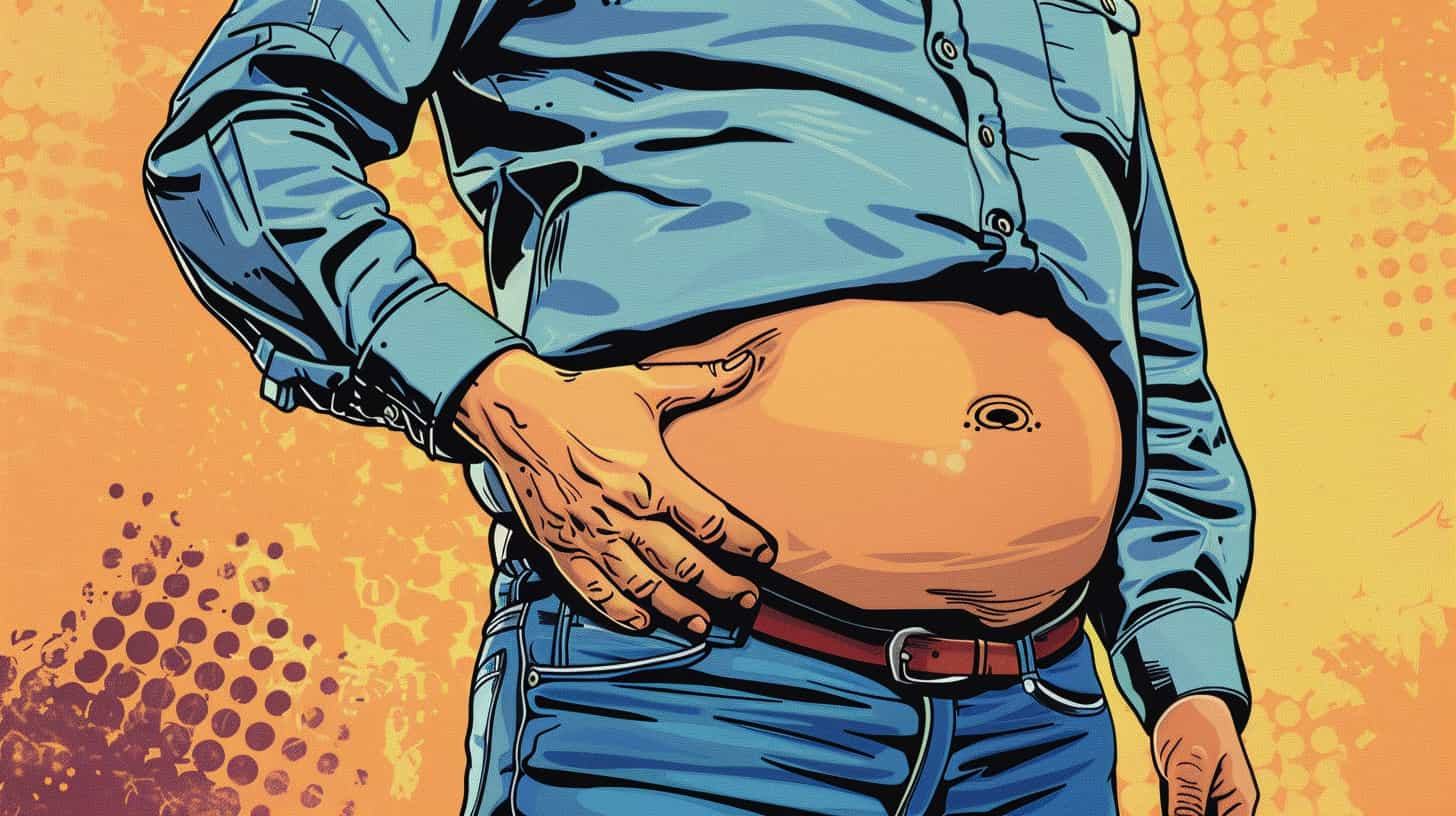Struggling with a protruding waistline and seeking effective methods to substract waist fat? You’re not alone. Many individuals contend with excess visceral and subcutaneous fat around their midsection. This guide will walk you through understanding different types of fat, why they accumulate, and crucially, how to diminish them through diet and exercise. By prioritizing caloric management, nutrient balance, and consistent strength training, you can attain a slimmer waistline and enhance overall health.
Visceral Fat Reduction: Understanding the Primary Concern
A bulging belly often stems from visceral fat, stored around internal organs. While a temporary bulge might follow a meal due to food and water, persistent abdominal distension typically signals high levels of visceral fat and an expanded waistline. This is our first point.
Subcutaneous Fat: Managing the Pinchable Layer
Another fat type to consider is subcutaneous fat, the layer you can grasp around your waist. This fat isn’t limited to the waist but also includes areas like the buttocks, legs, face, and hands. However, it tends to be thinner on extremities. Subcutaneous fat serves a protective role, cushioning organs and regulating body temperature. Nevertheless, excessive fat, whether visceral or subcutaneous, poses health and aesthetic challenges.
Why Excess Fat Matters: Health and Aesthetic Considerations
Excessive fat, especially visceral fat, poses health risks and impacts appearance. A prominent belly primarily results from visceral fat, while the fat around the sides is subcutaneous. Similar methods apply to reduce both types of fat.
Effective Fat Reduction Strategies
- Manage Caloric Intake: Consume fewer calories than you expend—a fundamental aspect of fat loss.
- Adjust Nutrient Balance: Limit fat intake, including high-fat foods like fried items, cakes, pastries, ice cream, and even healthy fats such as olive oil, avocado, and nuts.
Understanding Fat Types and Their Impact
Both good and bad fats provide 9 calories per gram. Regardless of type, excessive fat consumption can impede fat loss. Focus on reducing overall fat intake and sugary treats, including sweet snacks and beverages. Zero-calorie sodas may seem innocuous, but their sweetness can still impact your diet.
Protein and Carbohydrates: Supporting Muscle and Energy
Maintain a high protein intake to preserve muscle mass. For example, a person weighing 100 kg (220 lbs) who exercises regularly should consume between 130 and 200 grams of protein daily. Keep fat intake low and adjust carbohydrate intake for weight management.
Recommended carbohydrates include rice, sweet potatoes, corn, baguettes, and oatmeal, providing energy without excess fat.
Exercise Strategies: Strength and Cardio for Fat Loss
Sustain strength training to retain muscle mass. Initially, limit cardio to avoid hindering muscle gain; use it primarily to overcome weight loss plateaus.
Fat Loss Progression and Results
Visceral fat diminishes first, often leading to a noticeable reduction in belly size within a few months. Subcutaneous fat, particularly around the waist, buttocks, and thighs, takes longer to decrease. Fat loss occurs proportionally throughout the body.
Conclusion
Trimming belly fat requires consistent effort in managing diet and exercise. By controlling caloric intake, balancing nutrients, and adhering to strength training, you can effectively reduce both visceral and subcutaneous fat, achieving a healthier and more aesthetically pleasing physique.
For more detailed guidance, stay tuned for forthcoming articles on effective fat loss strategies!


